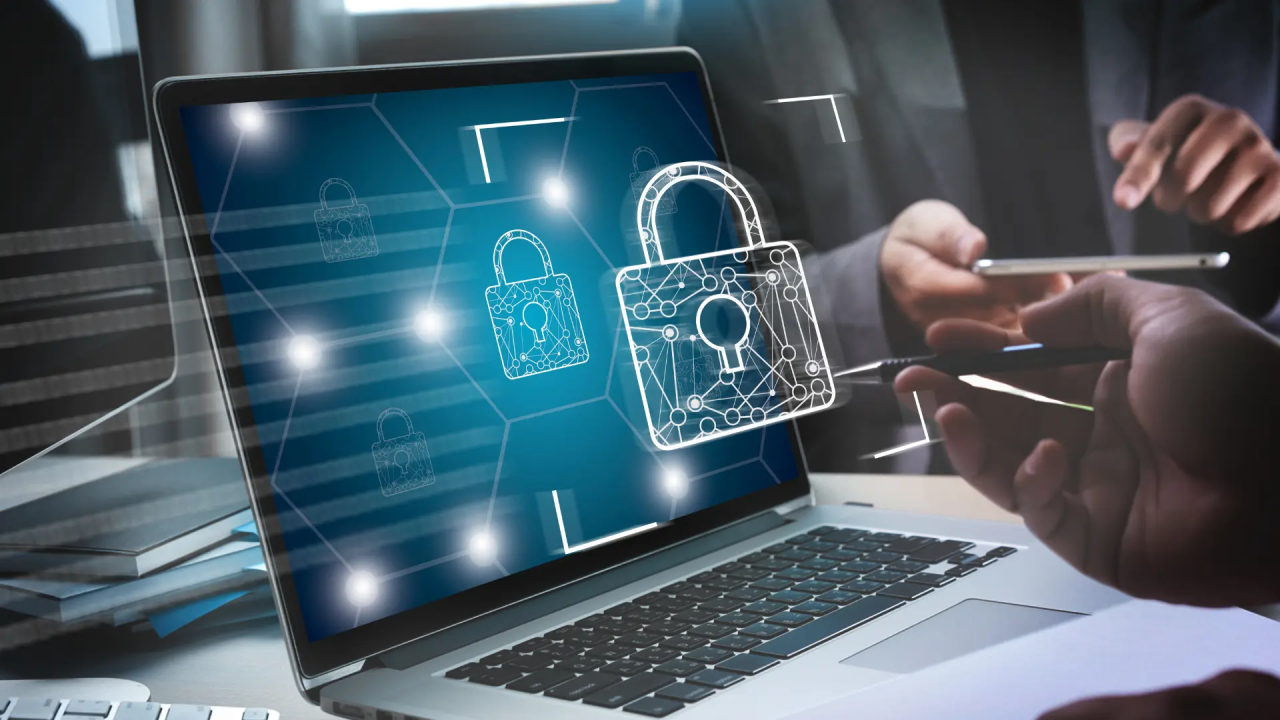The way businesses gather, process, and use user data is changing a lot because of artificial intelligence (AI). AI has a lot of great uses, from making online shopping more personal to making hard choices automatically. However, its growing power makes people very worried about data privacy and user safety.
How AI Gets and Uses Information About People
A lot of data is used to teach AI systems new things. To make algorithms better and user experiences better, they look at how people connect with each other, browse, speak, and even their location data. This makes services very personalized, but it also means that private data is constantly being collected, often in ways that users aren’t fully aware of or don’t fully understand. After this, the data is handled to find trends, guess how people will act, and make choices that may directly or indirectly affect users.
Important privacy risks that come with AI
One big risk is that it’s not always clear how AI systems work. A lot of models are like “black boxes,” which makes it hard to explain or understand what they’re doing. Users may not trust this lack of information, especially when important decisions are made without clear reasons. Another problem is that AI often gathers too much information. When it comes to health records, banking information, or genetic data, this overcollection makes people more likely to be hacked or have their data leaked.
Another very important issue is automated decision-making. AI could make choices about things like loan approvals, job applications, and access to social services. Sometimes, choices can be unfair and discriminatory if they are based on skewed or incomplete facts. Cybercriminals are also interested in the large datasets that are used to train AI models. These systems can be hacked, leading to large-scale data breaches and identity theft if they are not properly protected.
There are measures in place to protect user privacy
Because of these problems, many data security laws have been passed around the world. There are strict rules about how companies can collect, store, and use personal information. These include the General Data Protection Regulation (GDPR) in Europe, the California Consumer Privacy Act (CCPA) in the US, and the Health Insurance Portability and Accountability Act (HIPAA) for medical data. These rules require openness, get permission from users, and give people more control over their own data.
More and more businesses are using privacy-by-design concepts to build data safety into their AI systems. By encouraging data reduction, anonymization, and encryption, this method makes sure that privacy is built in from the start and not just an addition. Companies are also giving users more power by giving them privacy settings that they can change, data access tools, and the choice not to be targeted for ads or have decisions made automatically.
A lot of companies have also started doing internal checks and setting up ethics panels to make sure that their AI technologies are fair, open, and accountable. The steps taken here help make sure that data is treated properly and that AI systems follow both the law and morals.
What users can do to keep their information safe
People who use the site can also help keep their information safe. People often forget to read privacy rules, but doing so is very important for understanding how data is treated. One can leave much less of a digital trail by changing the settings on their apps and browsers to limit sharing of data. Using tools that protect your privacy, like virtual private networks or protected chat apps, gives you extra protection. It’s just as important to know about the tools and services you use as it is to know how data can be gathered and used.
What’s Next for AI and Privacy
As AI keeps getting better, privacy risks are going to get more complicated. Face recognition, mood tracking, and material made by AI are some of the new technologies that bring up new social and legal issues. There will be less and less difference between tailoring and spying. This shows how important it is to make policies ahead of time and keep coming up with new ways to protect privacy.
Developers, politicians, and businesses must work together for AI to grow in a responsible way. The main goal should still be to make sure that AI improves people’s lives without violating their basic right to privacy. Fairness, openness, and giving users power must be built into every step of designing and using AI.
In conclusion
There are a lot of moving parts in the relationship between AI and user privacy. AI makes things more efficient, personalized, and creative, but it also comes with big risks that can’t be ignored. We can make sure that AI serves society well by being aware of these risks and putting in place strong defenses. Developing AI in a careful and moral way is important for building trust and making technology that protects and respects people’s privacy.




